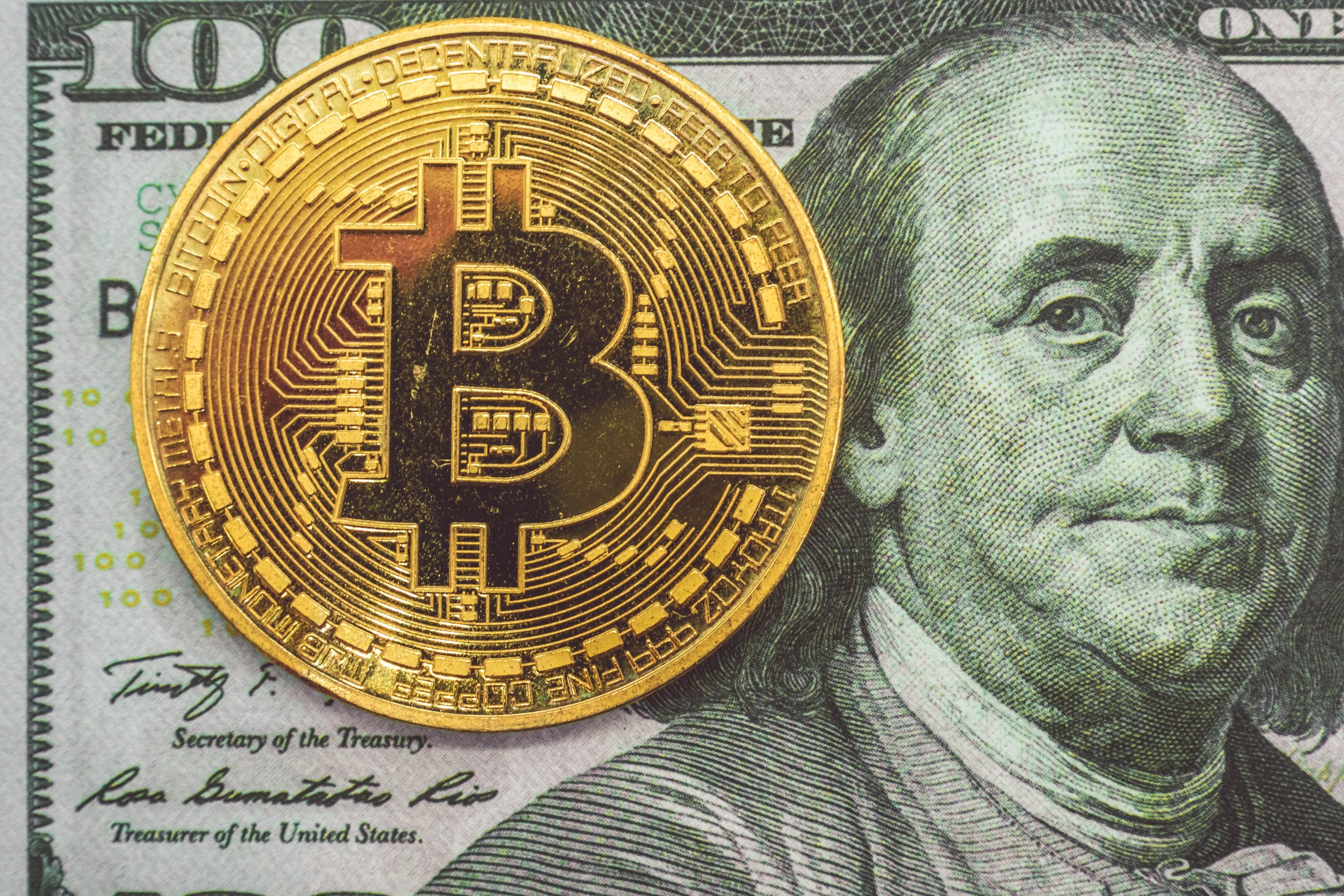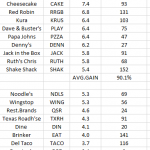Photo by Zlaťáky.cz on Unsplash
Selling high cost franchises requires a well-thought-out, conversational approach that goes beyond superficial transactional relationships. It involves understanding the deep motivations of potential franchisees, utilizing targeted marketing strategies, ensuring transparency and thoroughness in all communications, and fostering strong ongoing relationships. By focusing on these areas, franchisors can successfully attract and retain motivated franchisees who are ready to invest in a high-cost, high-reward business opportunity. This drives the growth of the franchise network and strengthens the overall brand, creating a cycle of success and innovation.
MASTERING HIGH-VALUE FRANCHISE SALES: STRATEGIES FOR SUCCESS
By Gary Occhiogrosso, Founder, FranGrow, Recognized Top 100 Influencer in the Franchise Industry
Awarding a franchise involves a complex and high-stakes investment decision, especially for expensive franchises. Selling such franchises requires a nuanced approach that addresses the needs of the potential franchisee and emphasizes the likely financial returns. The franchisor must also address topics such as its comprehensive support system. This post provides an overview of selling expensive franchises by focusing on key strategies such as understanding buyer needs & motivations, effective marketing, providing thorough information, and elevating conversations that build solid relationships. The comprehensive support system offered by the franchisor includes real estate site selection, assistance with design and construction, and training and marketing, which can help potential franchisees feel more confident in their investment decision.
Understanding Buyer Motivations
The first step in selling an expensive franchise is understanding what drives potential franchisees to make such a significant investment. Buyers of high-cost franchises typically seek proven business models that promise high returns and brand recognition. They may also be motivated by the desire to be associated with a prestigious brand or to tap into a well-established customer base. A franchisor must communicate how their franchise meets these needs, tailoring their pitch to highlight the unique strengths of their business model, particularly the comprehensive support system that can make the potential buyers feel secure about their investment.
Understanding potential buyers’ financial and personal backgrounds is also essential. Sellers should consider factors such as the buyer’s previous business experience, familiarity with the industry, and financial capability to sustain the business until it becomes profitable. By aligning the franchise’s strengths with the buyer’s motivations and capacities, sellers can more effectively pitch their franchise as a worthwhile investment.
Effective Marketing Strategies
Marketing expensive franchises requires a targeted approach. High-quality promotional materials that reflect the prestige of the franchise are crucial. This includes professionally designed brochures, detailed presentations, and sophisticated digital content that showcase the success stories and the support offered by the franchisor. It’s important to maintain a positive brand image, as this can significantly influence potential franchisees’ perception of the franchise’s value and potential success.
Social media platforms and online marketing can also play a significant role. These channels should highlight testimonials from successful franchisees, provide insights into the training and support provided, and showcase the operational successes of existing franchises. Additionally, hosting webinars and seminars can help build trust and provide detailed information directly to potential investors.
Providing Detailed and Transparent Information
Have a conversation. Transparency is key when dealing with expensive franchises. Prospective franchisees must be provided with all necessary information to make an informed decision. This includes detailed financial data, such as initial investment requirements, ongoing fees, typical return on investment, and break-even points. Franchise disclosure documents (FDD) must be thorough and up-to-date, ensuring compliance with all legal requirements. By being transparent, franchisors can make potential buyers feel trusted and confident in their investment.
Franchisors should also be prepared to discuss the business’s challenges. These could include managing cash flow, dealing with competition, or adapting to changing market trends. A realistic view of what new franchisees can expect, including potential difficulties and how the franchise system supports overcoming them, can build credibility and trust.
Relationship Management
Selling a high investment franchise often begins a long-term relationship between the franchisor and the franchisee. Maintaining strong relationships is crucial for both parties’ success. As I mentioned several time, have an open, honest fact finding conversation. Learn the needs of the buyer. Regular communication, ongoing training, and continuous support are essential. Franchisors should implement a structured communication schedule that includes regular meetings, updates on industry trends, marketing support, and any necessary operational changes. This not only ensures that the franchisee is kept informed and supported but also demonstrates the franchisor’s commitment to their success.
Additionally, providing a comprehensive training program is vital. This should cover the initial training on running the franchise and ongoing education about new products, marketing strategies, and other relevant topics. By investing in the success of their franchisees, franchisors not only enhance the attractiveness of their franchise offer but also ensure the long-term sustainability of their brand. The franchisor’s role is not just to sell the franchise, but to provide continuous support and guidance, ensuring the franchisee’s success.
Summary
Selling high cost franchises requires a well-thought-out, conversational approach that goes beyond superficial transactional relationships. It involves understanding the deep motivations of potential franchisees, utilizing targeted marketing strategies, ensuring transparency and thoroughness in all communications, and fostering strong ongoing relationships. By focusing on these areas, franchisors can successfully attract and retain motivated franchisees who are ready to invest in a high-cost, high-reward business opportunity. This drives the growth of the franchise network and strengthens the overall brand, creating a cycle of success and innovation.
CLICK HERE TO LEARN ABOUT AWARDING MORE FRANCHISES TO BETTER QUALIFED FRANCHISEES
===================================================







